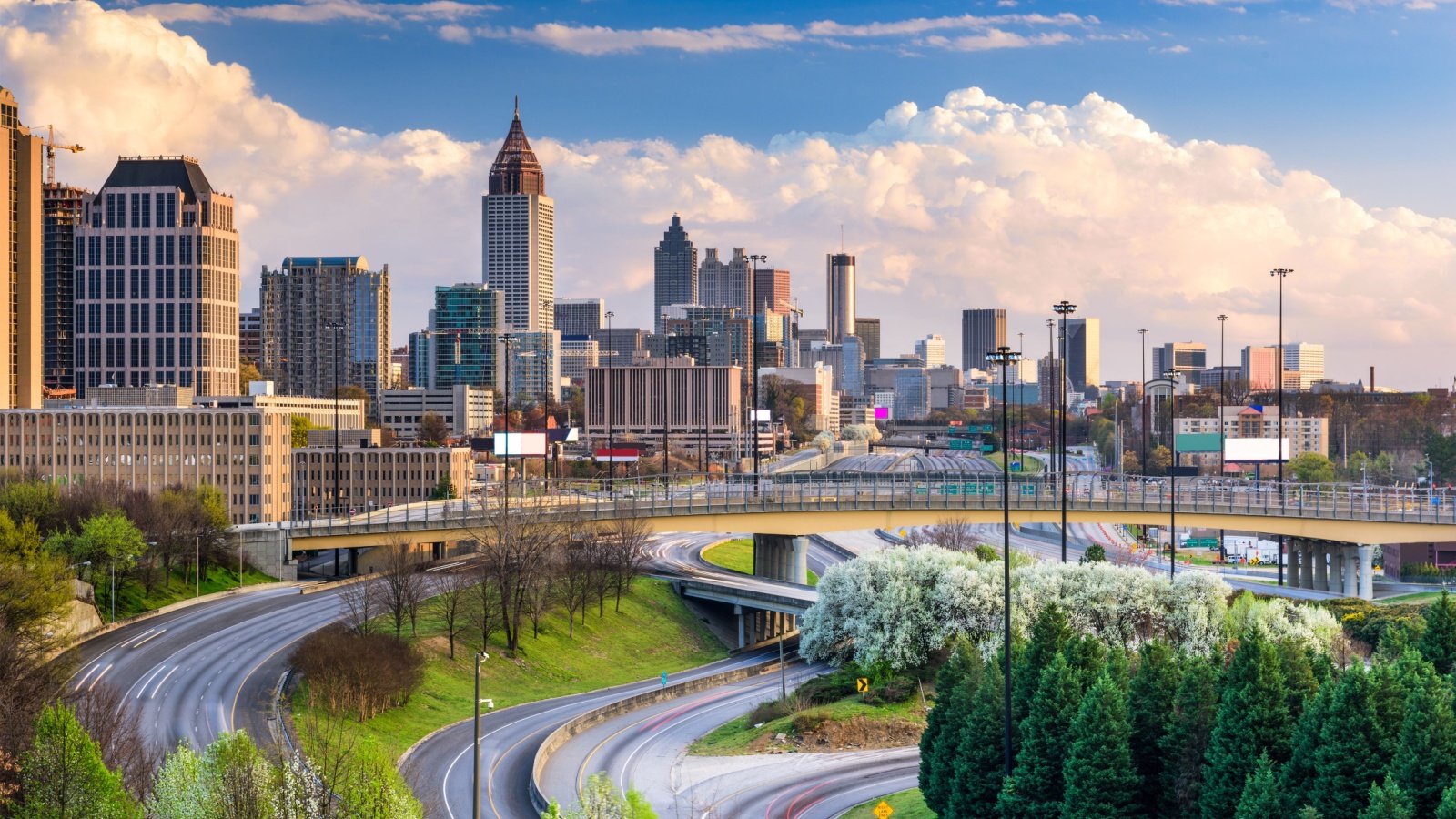Wealthy enclaves across the South are seceding from poorer, predominantly Black neighborhoods, fueling a contentious debate. Termed ‘White Fortressing,’ this modern segregation tactic raises questions about race, resources, and fairness. Critics argue it deepens racial divides, while supporters defend it as necessary for fair resource distribution.
Wealthy Communities Seek Independence

Wealthy communities in the South are attempting to separate from poorer Black neighborhoods to conserve their resources. This trend has led to the emergence of majority-white cities, highlighting a growing divide.
Residents Advocate for Financial Autonomy

In privileged areas, residents argue against subsidizing poorer neighbors through tax dollars. They believe resource allocation should reflect their contributions more fairly.
‘White Fortressing’ in Action

This trend, dubbed ‘White Fortressing,’ involves wealthier, whiter locals seceding from disadvantaged, non-white areas. Historic racism has already left these areas struggling, making the secession even more impactful.
Critics Condemn Modern Segregation

Critics argue that this practice perpetuates modern segregation and hoards opportunities from marginalized communities. They see it as a way to deplete resources from those who need them most.
Proponents Defend Resource Allocation

Proponents claim this movement ensures fairer resource distribution and better representation. They argue it’s a response to inefficient local governance and high crime rates.
St. George Sets Precedent in Louisiana

The latest example is St. George in Louisiana, where wealthy white residents have won a court battle to form their own city. This decision allows them to separate from poorer Baton Rouge neighborhoods.
Louisiana Supreme Court’s Landmark Ruling

The Louisiana Supreme Court ruled in favor of incorporating St. George, allowing it to split from Baton Rouge. The new city will encompass 86,000 residents and have its own government.
Supporters Highlight Governance Issues

Supporters argue that the existing city-parish government is poorly managed, citing high crime and bad schools. They believe St. George’s incorporation will address these issues.
Opponents Warn of Racist Implications

Opponents label the movement as racist, fearing it will create a white enclave. They argue it separates a wealthy area from a predominantly Black city and school district.
Demographic Divides Intensify

The proposed split would create significant demographic differences between the two cities. St. George would have a 12 percent Black population, compared to Baton Rouge’s nearly 50 percent.
Georgia Follows Suit

In Georgia, 11 new cities have been established around Atlanta since 2005, many of them majority white. Among these is Chattahoochee Hills, which incorporated in 2007.
Chattahoochee Hills’ Preservation Goals

Chattahoochee Hills, a city of 3,000, boasts a 77 percent white population. The city aims to preserve its rural lands, heritage, and culture.
Brookhaven Joins DeKalb County

In 2012, Brookhaven became DeKalb County’s 11th city following a referendum. With a population of 60,000, it stands as one of the most affluent and predominantly white areas around Atlanta.
Demographic Contrast with Atlanta

Brookhaven’s population is almost 60 percent white, in stark contrast to Atlanta’s 47 percent Black or African American population. This demographic shift highlights the disparities between the two areas.
New City in Gwinnett County

Last month, Gwinnett County residents approved the creation of Mulberry as the county became majority Black. This decision has sparked controversy and resistance from supporters of the failed Buckhaven initiative.
Crime Concerns in Buckhead

Residents in Buckhead cite rising crime as a primary reason for seeking cityhood. Non-profit Liveable Buckhead emphasizes this concern on its website.
Unsuccessful Attempts in Cobb County

Cobb County saw proposals for three new cities, Vinings, East Cobb, and Lost Mountain, which would have had predominantly white populations. Despite their failure in 2022, the drive to secede remains strong.
Echoes of Historical Segregation

The arguments for municipal incorporation mirror those from the White Flight era, where white residents moved out post-desegregation. These modern movements reflect ongoing sentiments of racial threat and conservatism.
‘White Fortressing’ Defined

Godinez-Puig describes municipal incorporations as a modern form of segregation. By forming new cities, communities detach from shared county-level authorities, isolating themselves from more diverse populations.








